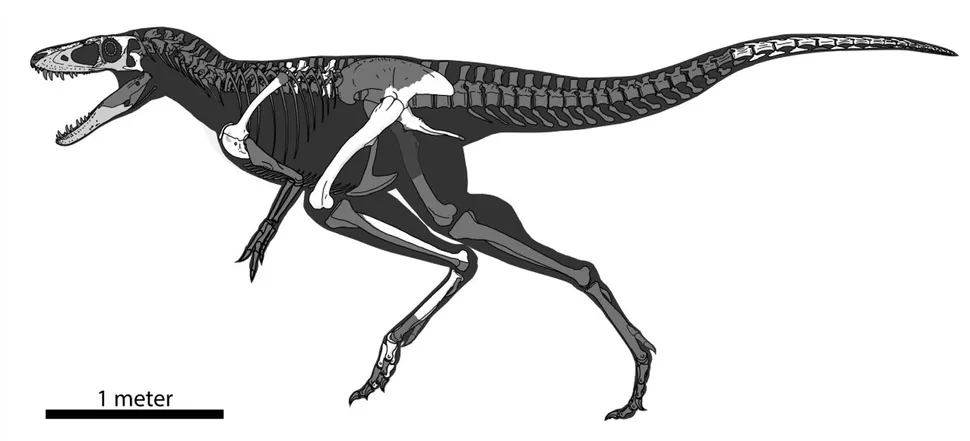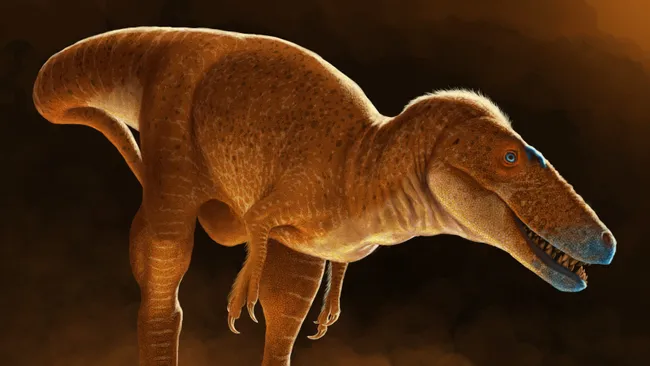A new species of dinosaur that was probably a princely ancestor of T. rex, the king of the dinosaurs, has been identified from fossils excavated in Mongolia.
Newly Discovered ‘Dragon Prince’ Dinosaur May Reveal Tyrannosaur Origins
Scientists have uncovered a previously unknown dinosaur species — nicknamed the “dragon prince” — that appears to mark a crucial step in the evolutionary rise of tyrannosaurs as dominant predators. This predator, closely related to Tyrannosaurus rex, was identified after researchers revisited decades-old fossils from Mongolia.
The species, officially named Khankhuuluu mongoliensis, draws its title from the Latinized form of the Mongolian words for “prince” and “dragon.” The findings, published June 11 in Nature, suggest that this animal occupied a pivotal position in the tyrannosaur lineage before its descendants became colossal apex hunters. “They were the princes before they took the mantle of kingship,” explained study co-author Jared Voris of the University of Calgary.
Tyrannosauroids — the broader family that includes T. rex — were bipedal carnivores with large skulls, serrated teeth, and short arms. While scientists have long theorized that these giants evolved from smaller ancestors, fossil proof has been scarce.
Voris’s breakthrough came from reexamining partial skeletons excavated in 1972 and 1973, originally labeled as Alectrosaurus. “I realized it was something completely different… the ancestor of the large apex tyrannosaurs we know from Alberta, Mongolia, and China,” he said.

Living about 86 million years ago, the dragon prince was roughly 13 feet (4 meters) long and weighed around 1,650 pounds (750 kilograms) — much smaller than T. rex, which could grow over three times that length. This species also had proportionally smaller skulls and longer forelimbs, suggesting it hunted prey smaller than itself, unlike later relatives that targeted enormous plant-eating dinosaurs.
What makes the find exceptional is its age — about 20 million years older than T. rex. According to paleontologist Steve Brusatte, who was not involved in the study, “It shows tyrannosaurs were still relatively small at this time, and only later did they become colossal.”
Comparative analysis of 12 tyrannosaur species revealed a history of multiple migrations between Asia and North America. Around 85 million years ago, K. mongoliensis or a close relative likely crossed a land bridge into North America, giving rise to the first “true” tyrannosaurs. Roughly 7 million years later, another migration brought them back to Asia, leading to both massive species like Tarbosaurus bataar and smaller, long-snouted forms such as Qianzhousaurus sinensis, nicknamed “Pinocchio rex.”
A third migration, about 68 million years ago, may have introduced the ancestors of T. rex into North America. As Brusatte summarized, “These back-and-forth journeys shaped the tyrannosaur family tree — much like migration has shaped so many of our human family histories.”
